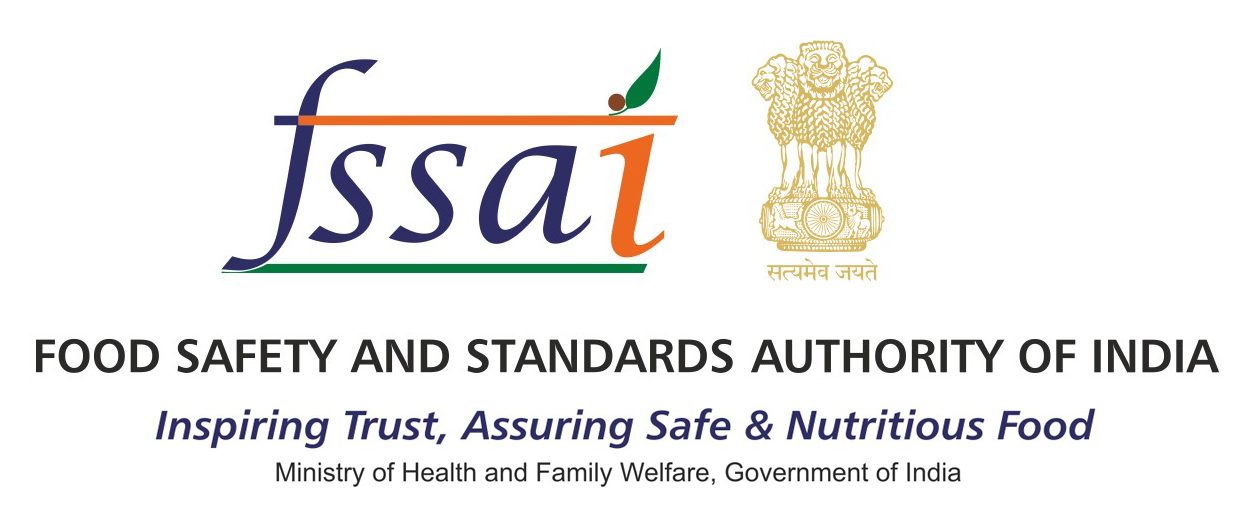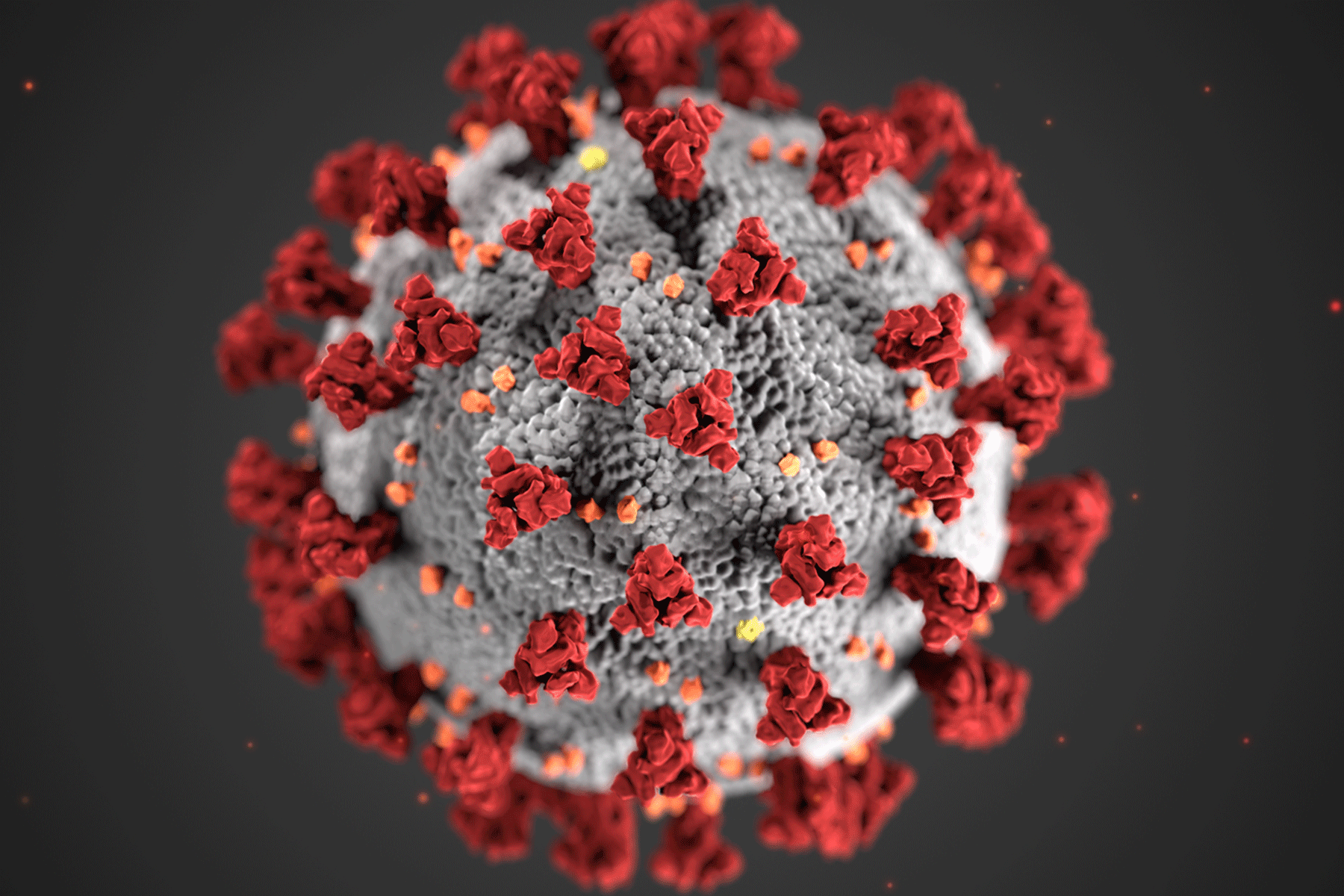 Food Manifest
Food Manifest
The house of resource for food safety.
cross-contamination
- Home
- cross-contamination

Fridgescaping Trend Raises Food Safety Concerns, Experts Warn0
- A to Z, Food Hygiene, Food Safety, General, Health & Wellness
- July 25, 2025
At a Glance The viral trend of ‘fridgescaping’—decorating the inside of refrigerators with plants, baskets, lights, and other aesthetic items—may look Instagram-worthy, but health experts warn it poses serious food safety risks. Why Fridgescaping is Risky “The inside of a refrigerator is no place for decorating,” said Dr. Marc Siegel, clinical professor at NYU Langone
READ MORE
Veg–Non-Veg Mix-Up? Mumbai Ruling Sparks Debate0
- A to Z, Food Hygiene, Food Safety, General, Health & Wellness, News
- June 13, 2025
Report A recent ruling by the Consumer Disputes Redressal Commission in Mumbai dismissed a couple’s complaint seeking compensation after they received chicken momos instead of the vegetarian momos variety they ordered. The Commission noted that if the couple were “strictly vegetarian,” they should have avoided ordering from a restaurant serving both Veg-Non veg food. This
READ MORE

Smart Ways to Keep Eggs Fresh and Safe0
- A to Z
- May 15, 2025
Eggs are one of the most commonly used ingredients in kitchens across the world. They’re nutritious, budget-friendly, and can be cooked in countless ways. But eggs are also highly perishable. If not handled or stored properly, they can spoil quickly or become contaminated with harmful bacteria like Salmonella. This can lead to foodborne illnesses that
READ MORE
Is the Meat We Eat in India Safe?0
- Food Hygiene, Food Safety, Health & Wellness
- April 23, 2025
India’s culinary landscape is rich and diverse, with meat playing a central role in many regional dishes. From tender chicken kebabs to spicy mutton curry, meat-based meals are a beloved part of Indian diets. However, growing urbanisation, increasing demand, and the rise of unorganised meat markets have raised an important question: how safe is the
READ MORE
Why Disinfection is the Key to Ensuring Food Safety and Quality0
- A to Z
- April 8, 2025
Food safety is essential to protect consumers from foodborne illnesses, and disinfection plays a vital role in this process. While sanitization reduces harmful microorganisms to safe levels, disinfection goes further by eliminating these germs. This is particularly important in food preparation areas, where pathogens like Salmonella, E. coli, and Norovirus can cause serious health risks
READ MORE
Latest Posts
-

-

-

How to Spot Spoiled Chicken
- Food Hygiene, Food Safety, Health & Wellness, News
- June 10, 2025
-

Smart Ways to Keep Eggs Fresh and Safe
- A to Z
- May 15, 2025
-

Is the Meat We Eat in India Safe?
- Food Hygiene, Food Safety, Health & Wellness
- April 23, 2025










